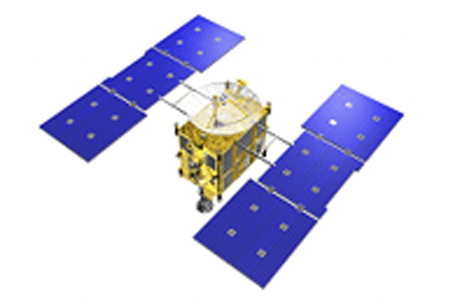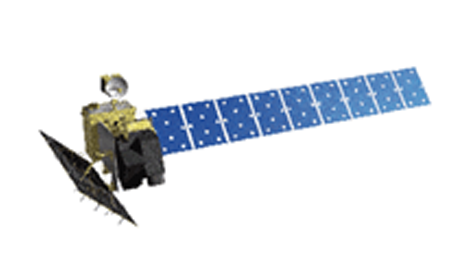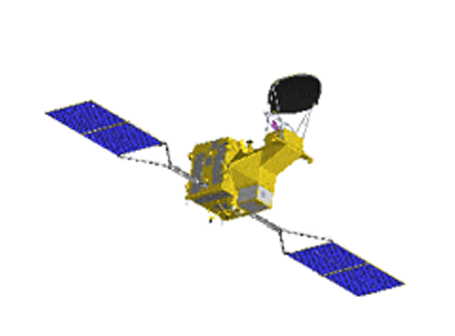
Asteroid Explorer "HAYABUSA" (MUSES-C)
HAYABUSA’s mission: to bring back samples from an asteroid and investigate the mysteries of the birth of the solar system. HAYABUSA returned to Earth on June 13, 2010, dropped its onboard capsule in Australia, and completed its operation.

Advanced Land Observing Satellite "DAICHI" (ALOS)
An Earth observation satellite that contributed to mapping, regional observation, understanding disaster conditions and resource exploration by observing the land area in detail.
Since its launch in Jan. 2006, DAICHI's observation data has been used in various areas.

Global Change Observation Mission - Water "SHIZUKU" (GCOM-W)
Observing All Environmental Changes on Earth for Present and Future Generations.

ISS and Japanese Experiment Module "Kibo"
At the International Space Station (ISS) flying 400 kilometers above the Earth, astronauts reside and perform various scientific experiments. The Japanese Experiment Module “Kibo” has a special feature; The Exposed Facility, where an experiment can be conducted outside the ISS (= an experiment instrument is exposed to the space environment).

H-IIA Launch Vehicle
H-IIA, Japan's primary large-scale launch vehicle, is designed to meet diverse launch demands, at a low cost and with a high degree of reliability, by making the best use of the H-II launch-vehicle technology.
H-IIA launch service operations have been transferred to Mitsubishi Heavy Industries, LTD. from the launch of the H-IIA Flight 13. JAXA is in charge of launch safety management.
